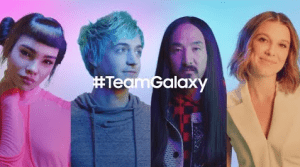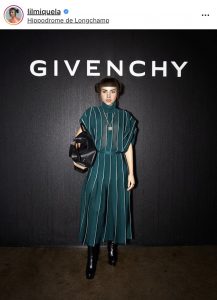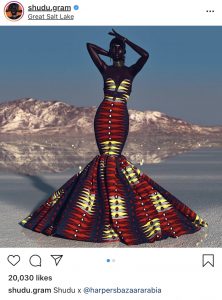The New, Yet Not-So-Real Face of Influencer Marketing
How virtual influencers are changing the industry
Published on March 11, 2020, at 7:55 p.m.
by Faith Saucier.

They are college graduates, brand ambassadors, political activists and musicians. Their platforms span across nations and cultures, and they possess the rare power to influence children and adults alike.
But here’s one thing they don’t have: the ability to leave the computer or phone screen.
Meet virtual influencers — the social media sensations that don’t actually exist in real life, but serve as legitimate, highly funded marketing strategies for big-name brands.
Virtual influencers are computer-generated beings, created using incredible CGI technology and — yes, as crazy as it sounds — often mistaken as real people.
Of course, the arguments for and against the idea of virtual influencers run far and wide. There are questions about the influencers’ capacity to provide the “human connection” that social media promotes, boost brand transparency efforts and take over the world of influencer marketing — all while replacing actual humans.
As of right now, no one can answer those questions, and the trend will most likely continue to grow. With the Federal Trade Commission not yet addressing the issue, this unprecedented avenue of influencer marketing has little-to-no regulation from any government or communications agency.

While the questions remain unanswered, brands continue to tap into the world of virtual influencers. High-profile brands such as Harper’s Bazaar, Dior, Prada and Samsung have all joined in on the fun, taking on influencers such as Noonoouri, Shudu and Lil Miquela, the most famous virtual influencer of them all.
Lil Miquela, aka Miquela Sousa, is a 19-year-old half-Brazilian, half-Spanish virtual influencer and model that has become an absolute phenomenon on social media, with 1.9 million Instagram followers and over 240,000 Spotify listeners each month as of March 10 (yes, she sings too).
Lil Miquela engages with audiences — young and old — by sharing her style tips, travel adventures, friendships and brand partnerships. She also shares her own breakup stories, which result in thousands of followers commenting with their sympathies.
To me, it’s a “Black Mirror” horror story come to life (or not, I guess). But to big-name brands, it’s just another extremely engaging way to reach audiences.
Influencer marketing and social analytics platform HypeAuditor recently discovered that virtual influencers have nearly three times the engagement rate than real influencers — meaning that “followers are more engaged into virtual influencers’ content.”
So, what do we do?
That question remains unanswered as well. The strategy comes with its perks — more control, the ability to

create the “perfect” brand ambassador from scratch, and less risk of an actual human damaging your PR efforts or brand reputation — but it comes with major issues, too.
The idea of creating a model with perfect skin, perfect hair and a perfect body is far-fetched in today’s society, where diversity and inclusion concerns arise daily. There’s also no way of creating a real connection with your consumers that goes beyond social media.
Caroline Forsey, HubSpot’s marketing blog manager, recently pointed out that influencer marketing is supposed to be genuine — and if it’s not, it’s bad news for your brand. “Ultimately, influencer marketing is about engaging in authentic, meaningful connections,” said Forsey. “How is an audience ever supposed to trust a promoted post when there isn’t a real human advocating for it?”
It’s ultimately going to be a brand’s decision to get involved in the virtual influencer trend. But whichever way you choose, brands, I’d say choose wisely.




